In this article, we can see the major differences between chainstitches and lockstitches. These two are the major stitches used in most apparel industries.
Chainstitch:
Chainstitch is formed by two sets of sewing thread. (i.e. Needle Thread and Looper Thread).
The Threads are bound together by interlacing and interloping
The strength of the chainstitch is greater than the lockstitch
Back-tacking is not needed at the finishing side of the stitch as security
Seam Puckering Possibility is high in chainstitch
Extensibility (or) Elasticity of the stitch stand normally at 30%
Appearance of the chainstitch looks like lockstitches at the top side and double chainstitch at the bottom side
Thread consumption is higher
Application of the stitch: Chainstitches are stretchier than lockstitch, which is why you find them in places such as waistband, legseams of jeans, shirt plackets, etc.,

Lockstitch:
Lockstitch is formed by two sets of sewing thread. (i.e. Needle Thread and Bobbin Thread). It is generally called Stitch Type 301. (which is the simplest stitch)
The threads are bound together by interlacing
The strength of the lockstitch is not as strong as chainstitch
Back-tacking is needed at the finishing side of the stitch as security
Seam puckering possibility is less in lockstitch
Extensibility (or) Elasticity of the stitch stand normally less than 30%
Appearance of the stitch is same on both the sides
Thread consumption is lower
Application of the stitch: Lockstitch is extensively used in joining fabrics, collar, cuff, pocket sleeve, facing, etc.,
| Chainstitch | Lockstitch |
No. of Threads Required | 2 Threads (Needle and Looper Thread) | 2 Threads (Needle and Bobbin Thread) |
Formation | Threads are bound together by interlacing and interloping | Threads are bound together by interlacing |
Strength of the Stitch | Higher | Lower |
Necessity for Back-tacking | Back-tacking Not Needed | Back-tacking Needed |
Seam Puckering Possibilty | Seam Puckering Possibility is higher | Seam Puckering Possibility is lower |
Extensibility (or) Elasticity | Elasticity stands at 30% | Elasticity stands at less than 30% |
Appearance of the Stitch | Looks like Lockstitch at the top side and double chainstitch at the downside | Looks the same on both the sides |
Consumption of Thread | Thread consumption is Higher | Thread consumption is Lower |
Applications and Uses | Waistband, legseams of jeans, shirt plackets, etc., | Joining fabrics, collar, cuff, pocket sleeve, facing, etc., |











Comments